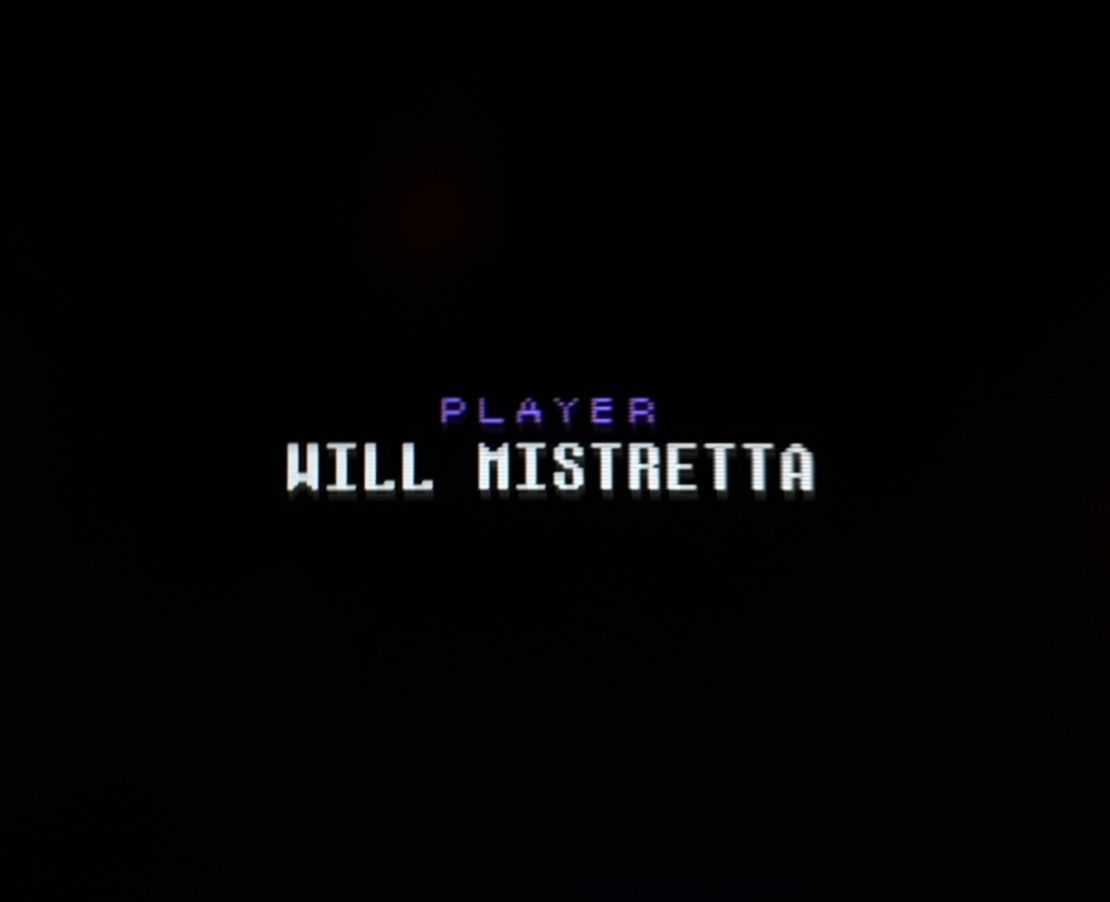
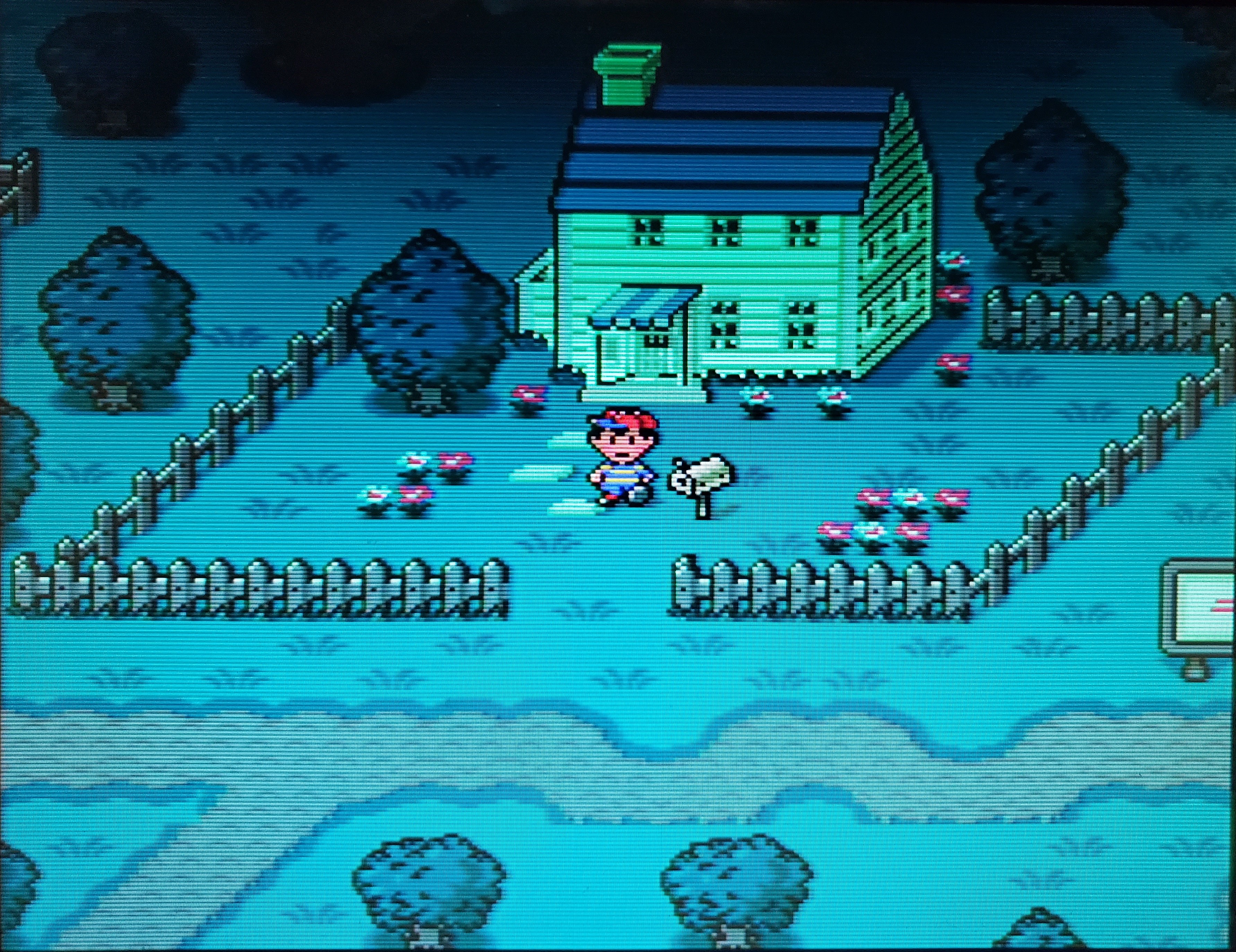
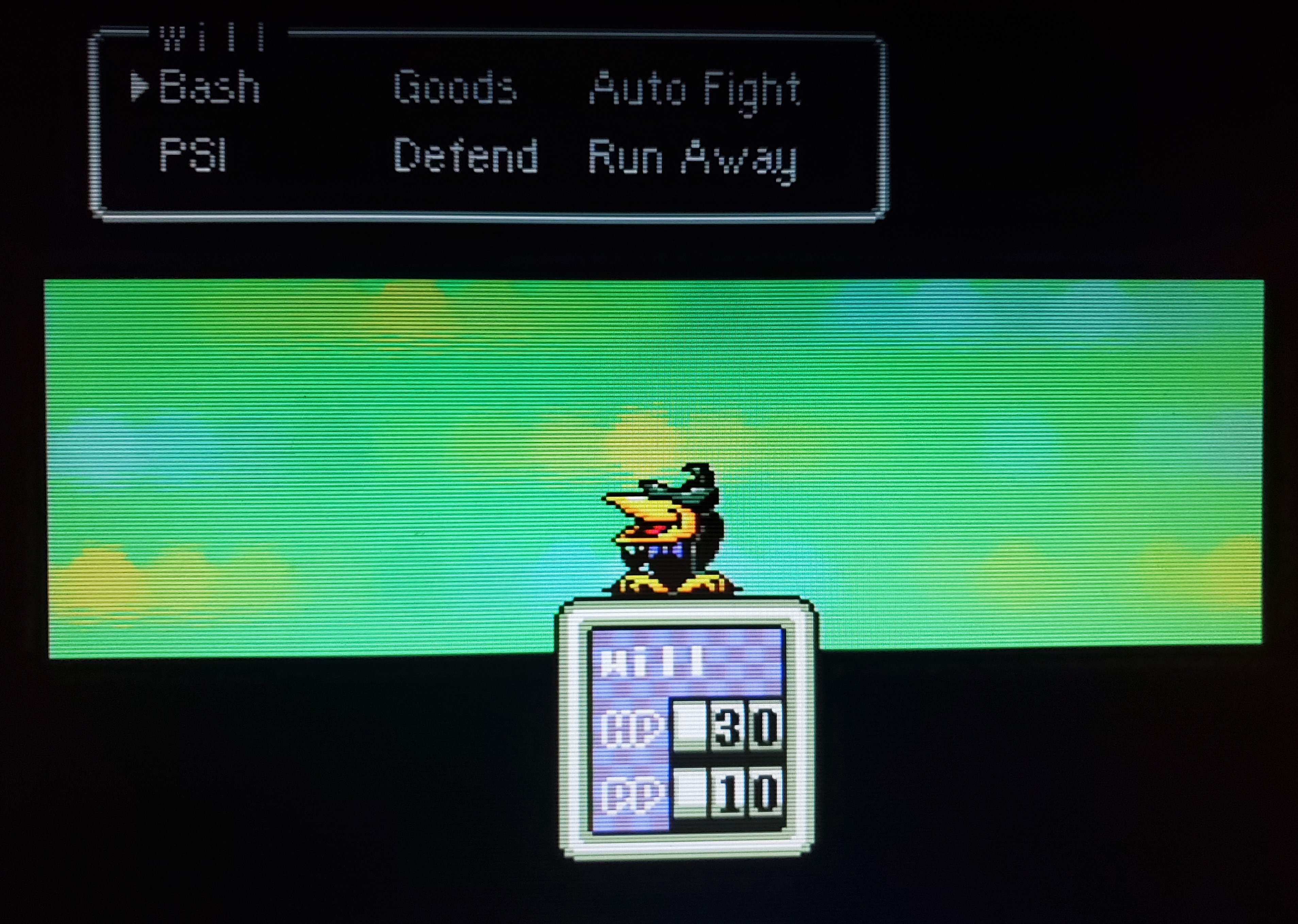
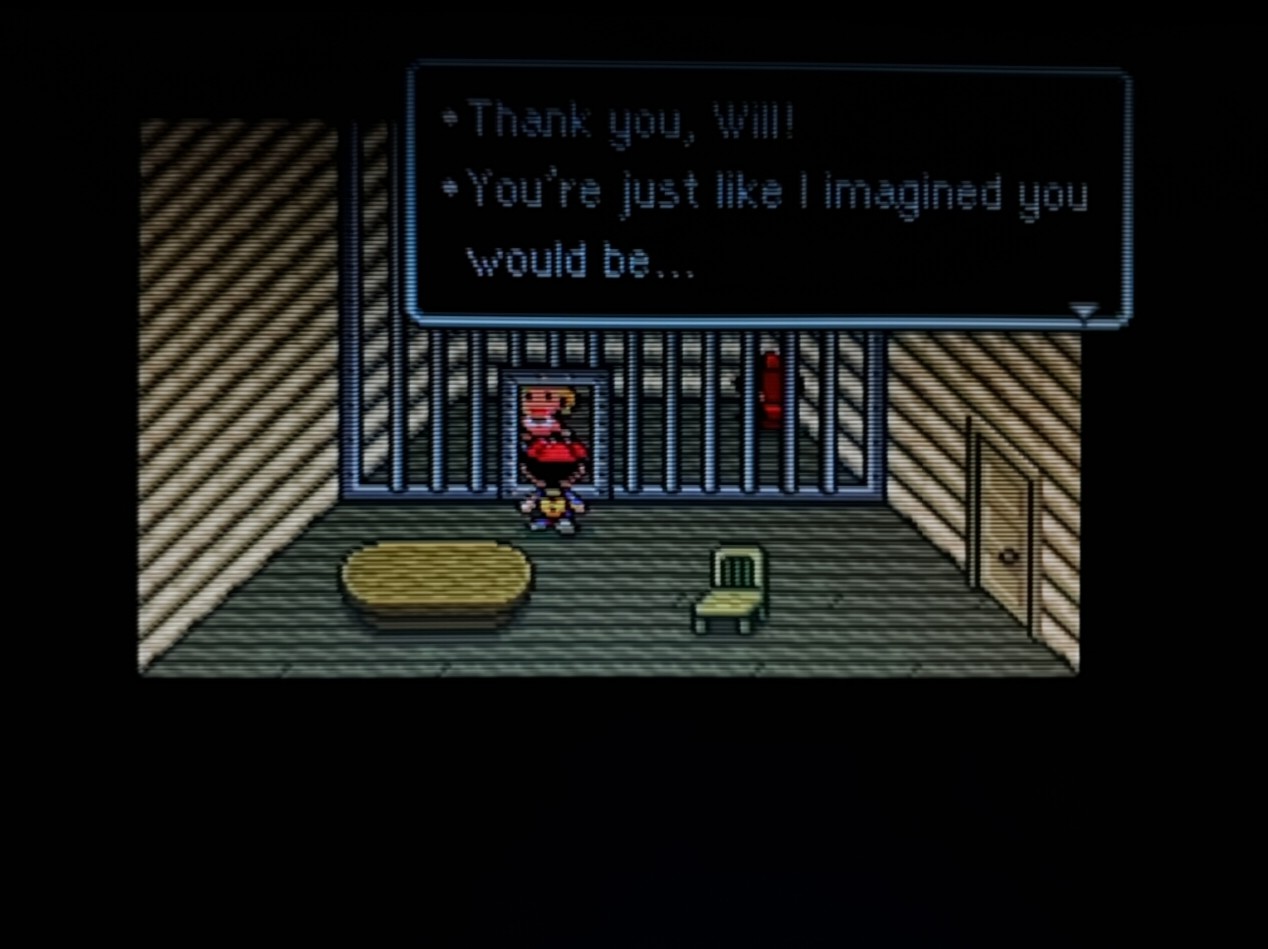
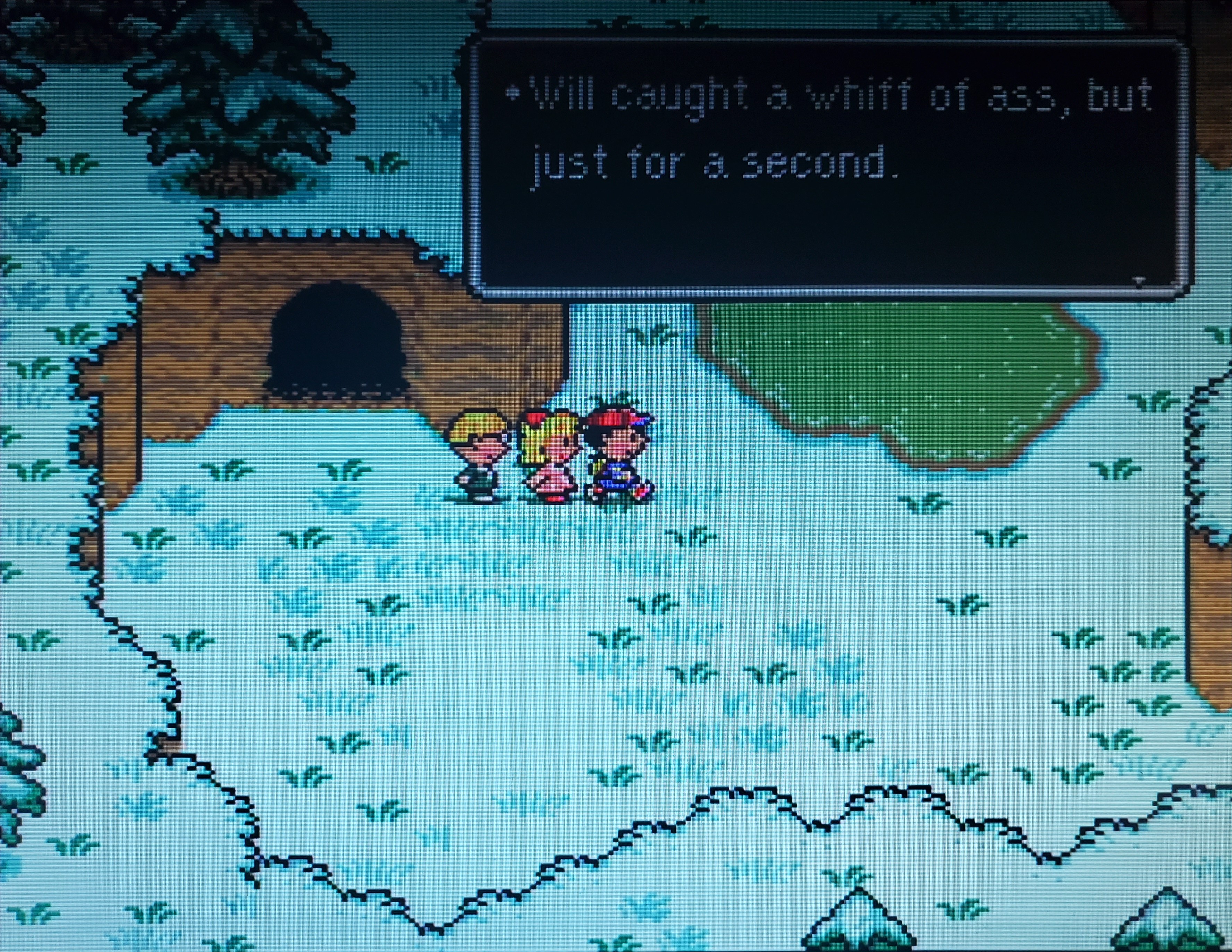
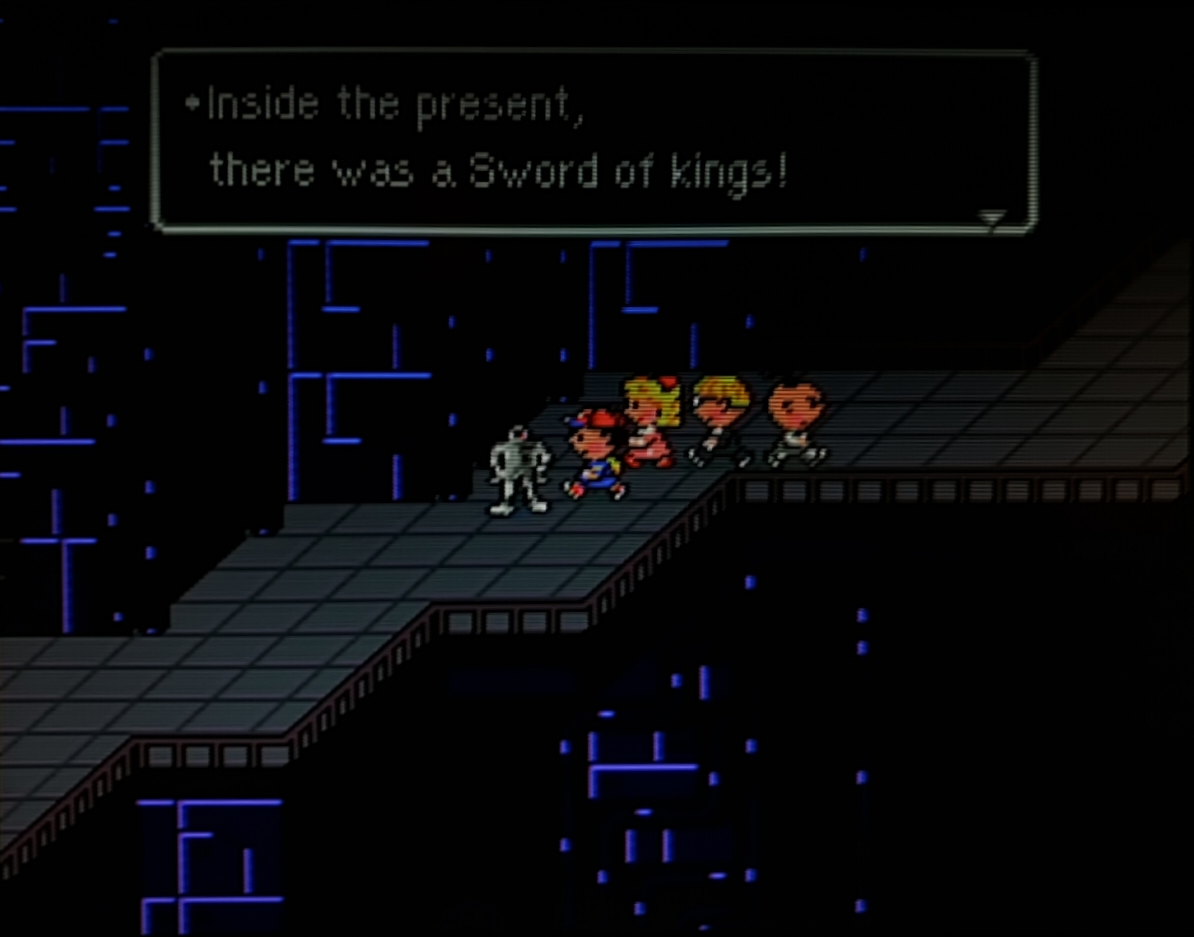
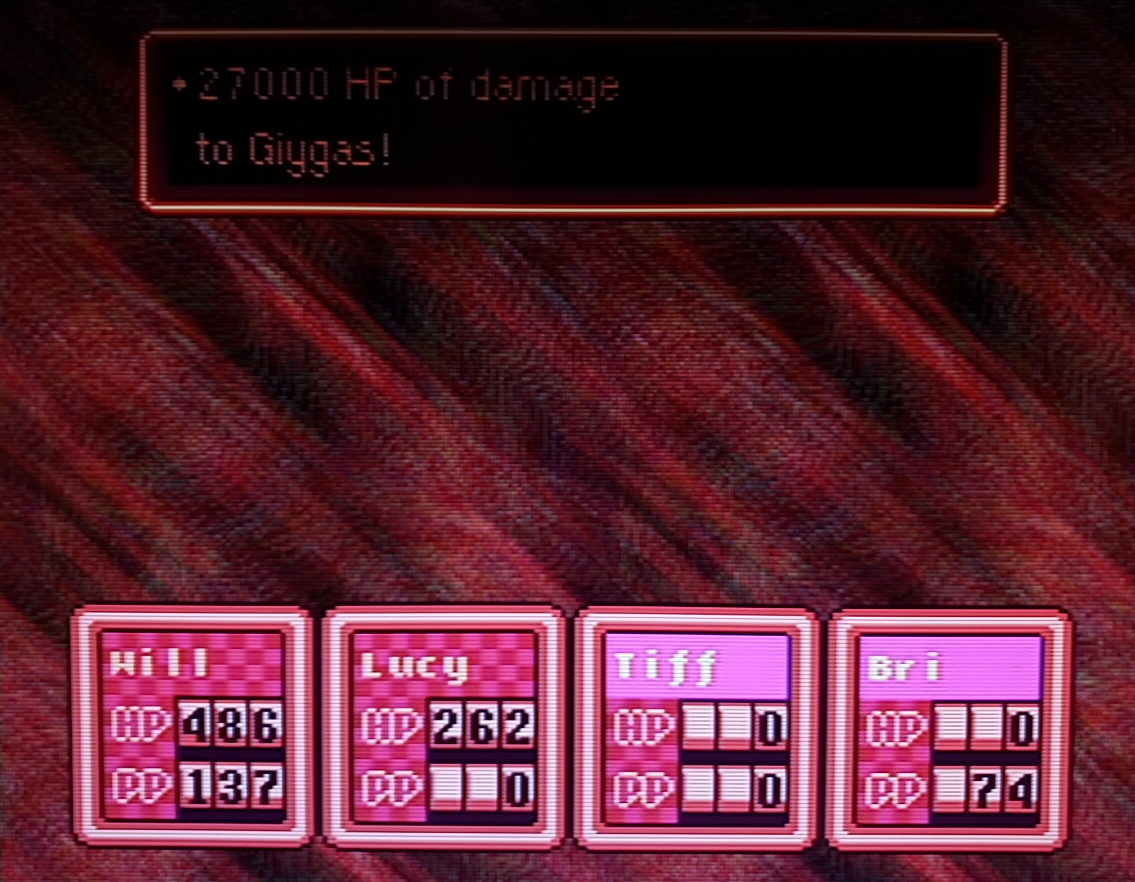
EarthBound confounds me. I don’t mean that it frustrates me. Not usually, anyway. Only that I’ve struggled for years, decades really, to understand why I find it as wonderful as I do. Lacking the ability to string the necessary words together in my own head, it’s no wonder getting them down in writing has been a greater challenge still. In any case, here I go!
Despite having gradually ensconced itself as one of the Super Nintendo’s quintessential classics, this 1994 sleeper hit RPG does have its detractors. They typically point first and foremost to its simplistic and highly derivative mechanics, which are obviously lifted wholesale from genre trailblazer Dragon Quest. These include the mix of overhead exploration with first-person turn-based combat, the basic “fight, magic, item, run” nature of said combat, and the cumbersome, claustrophobic inventory system. EarthBound’s presentation doesn’t escape criticism, either. In contrast to the lush landscapes and painterly monster art of other acclaimed 16-bit RPGs, the graphics here employ a flat, naive style reminiscent of children’s drawings. Instead of sweeping faux-orchestras, our ears are treated to a chaotic soundscape cobbled together out of disconnected pop samples, off-kilter Americana, and ’50s monster movies. To the uninitiated, it can be baffling how such a title could belong in the same conversation as slick SNES showpieces like Chrono Trigger and Secrets of Mana at all, let alone how it could stand shoulder-to-shoulder with them.
I can sympathize to an extent. EarthBound’s onerous inventory management in particular is a sore spot for me. It invariably takes up a much larger chunk of any playthrough than I reckon anyone would prefer. That said, attempts to dismiss it as merely wacky Dragon Quest with weird music and sub-par visuals is anything but fair to the vision of prolific writer and part time game designer Shigesato Itoi of Ape Inc. (now Creatures Inc.) and the stellar teams at HAL Laboratory and Nintendo that united to make that vision a reality.
What appears on the surface to be a straightforward story about four tweens with psychic powers uniting to stave off an alien invasion of Earth ultimately taps into something I believe to be significantly more fundamental, indeed powerful: Nostalgia for childhood. I mean that in the broadest sense possible. The recognition and longing EarthBound evokes throughout is for the condition of being a child itself, carefree within a seemingly boundless existence, as opposed to a sequence of comparatively lazy callbacks to the fashion or popular culture of any given generation of kids. This is especially obvious, of course, when you consider that it’s the second installment in a series named Mother in its native Japan. The connection between main protagonist Ness and his mother is heavily emphasized, to the extent that he’s periodically subject to a unique homesickness status effect that hampers him in battle and is incurable except by phoning or visiting her. In light of this, I doubt there was anything accidental about the decision to model the game’s systems so closely on Dragon Quest’s. As the definitive Japanese RPG franchise, it’s the electronic equivalent of comfort food for millions of gamers in that region. In other words, it feels like home.
If all that sounds a little too esoteric or high concept for you to swallow, I can only point out that I was sixteen when EarthBound was released. Unlike many, I was fortunate enough to have played it at launch. I can assure you that thread of wistfulness, that gentle reminder of how much my outlook had changed in just the last handful of years, was absolutely present from the get-go. To see the world through a child’s eyes is something unspeakably precious we’re all doomed to lose, with that very loss being paradoxically beautiful in its ability to unite and ground us in a universal human experience.
Oh, and let’s not forget that it’s funny. Legitimately laugh-out-loud funny from beginning to end. This is no small prize. Good comedy is tough under ideal conditions. Delivering mountains of it in an early ’90s console game that needed its entire massive script translated verges on a miracle. There’s a case to be made that it was the single funniest game yet made in 1994 and virtually all its gags hold up admirably today.
If none of what I’ve said has connected with you and the game remains crude, shallow, and overrated in your eyes, that’s fine. Whether or not there’s truly some deeper layer to the absurdist antics of Ness and his pals, EarthBound remains special; a singular joyous creation that’s destined to continue growing in stature for the foreseeable future. So perhaps the meaning it apparently supplies for itself as part of its famous mid-game “coffee break” interlude works as well as any: “There are many difficult times ahead, but you must keep your sense of humor, work through the tough situations and enjoy yourself.” Makes sense to me.

Been a long time since I played through EarthBound, but I found it really fun. Of course, I love the Dragon Quest formula, so the gameplay to me was more than fine. And the localization was incredible, with plenty of hilarity throughout. It’s an utterly surreal experience overall, despite being rooted in very traditional gameplay. Maybe that’s why it works so well.
LikeLiked by 1 person